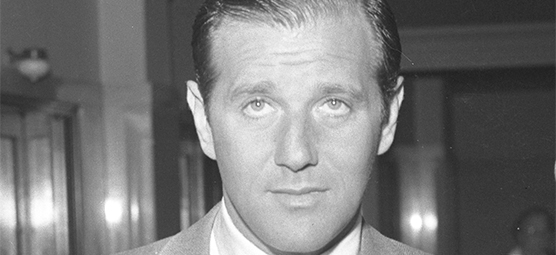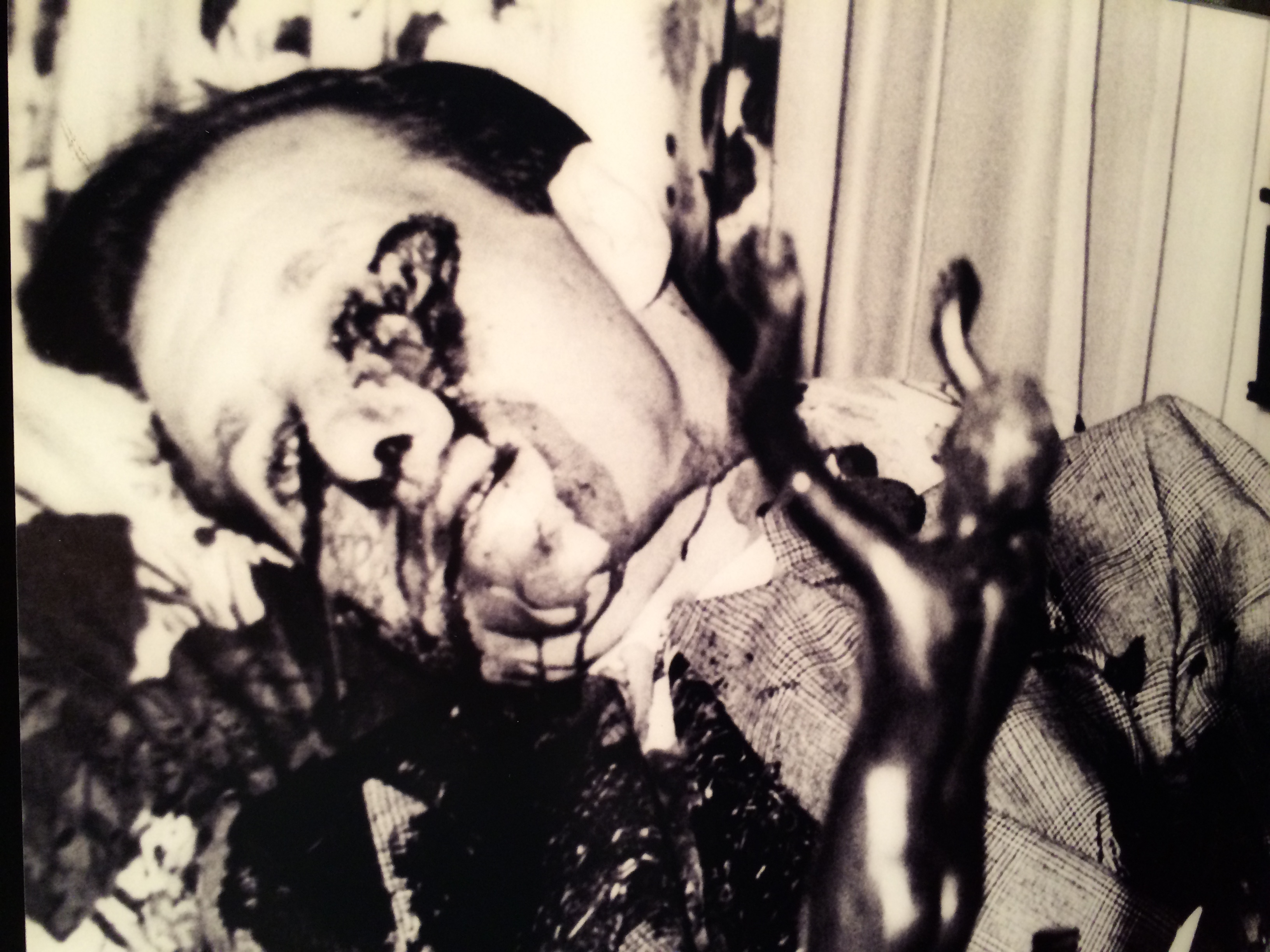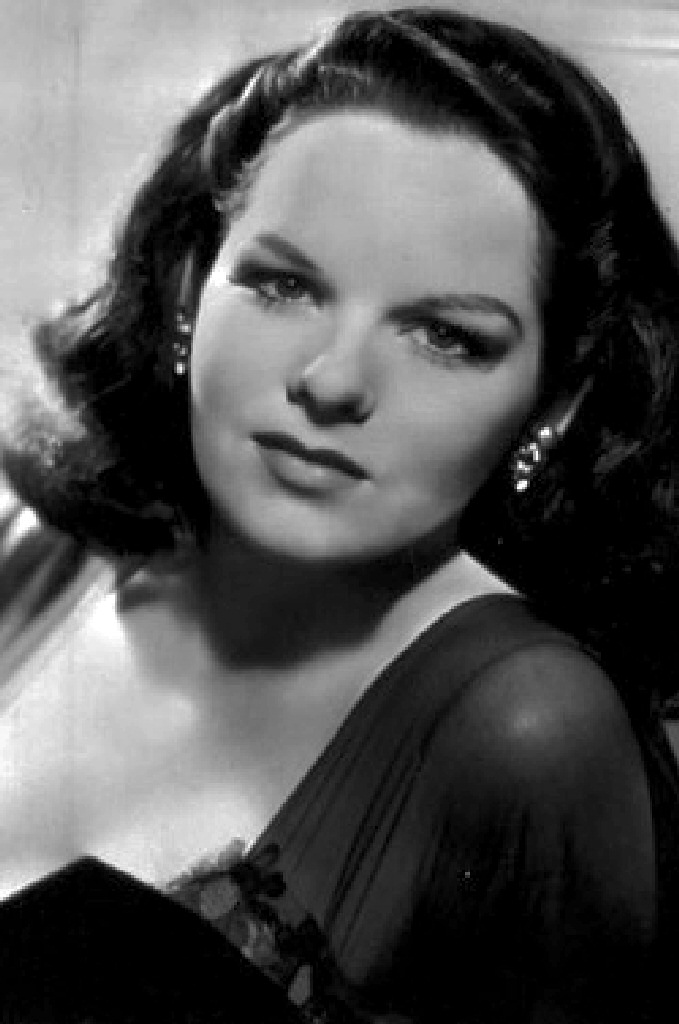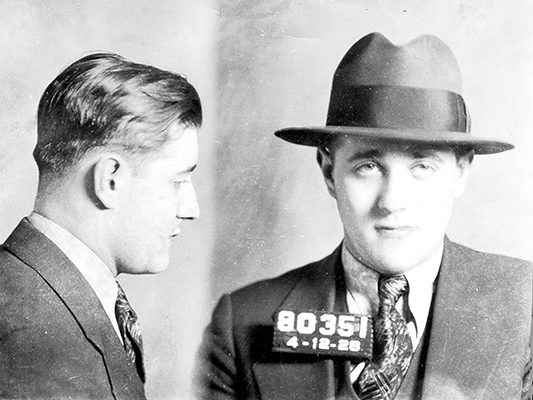Seventy years ago today, Bugsy Siegel’s storied Mob life came to an abrupt end
Mystery of who killed Siegel and why endures to this day

It is important to our Museum and to me as the resident historian that criminals and their criminal acts are not glorified. There is no reason to admire Al Capone or Lucky Luciano or John Gotti. They committed terrible crimes themselves and ordered others to do even more. They flouted the laws and corrupted the country’s political and justice systems, all in the interest of enriching themselves and their partners.
But as our Museum exemplifies, the history of organized crime can be told without cheering the bad guys. The Mob in all its forms played a significant role in the history of many American cities, as well as the broader national history. Organized crime has been a factor in the nation’s political, legal, economic and cultural narrative from the late 19th century to the present day.
Even while we strive to tell the organized crime story without lionizing criminals, we recognize that certain individuals who feature prominently in Mob history have captured the public’s enduring fascination with their outsized personalities and audacity. Charisma, creativity and brains are not the exclusive domain of the good guys.

One bad guy fitting this description is Benjamin “Bugsy” Siegel. He has been the subject of several biographies, and he’s been a prominent character in a number of Mob movies, most notably the 1991 film Bugsy. One reason for Siegel’s public appeal, besides his Hollywood good looks, is the mystery surrounding his demise. Siegel was killed 70 years ago today, and we still don’t know for sure who did it or why.
What we know
When Siegel was murdered on June 20, 1947, his main focus was overseeing operations of the Flamingo hotel-casino in Las Vegas. He had come a long way from his youth on the streets of Brooklyn, where he partnered with another future Mob legend, Meyer Lansky, in various illegal schemes and built a reputation as a tough character. Siegel rose through the criminal ranks to become one of the Mob’s top bosses. In the mid-1930s, he was sent to Los Angeles to take over the rackets there. He took notice of Las Vegas in the early ’40s, when he battled for control of the race wire business. He became involved with the under-construction Flamingo after its founder, Billy Wilkerson, ran out of money and sought investment from Lansky and his underworld associates.
By the summer of 1947, things were going better at the Flamingo after a rough start. Siegel had opened the casino prematurely, on December 26, 1946, before the hotel rooms were completed. The Flamingo struggled financially, closed to finish the rooms, and then reopened, finally showing good returns. The only lingering challenge for Siegel was paying off the construction costs, which had ballooned as he spent lavishly to turn the Flamingo into a luxury resort. With frayed nerves over his financial troubles, Siegel was ready for a vacation in Canada with his two daughters, whom he had not seen for several months.

In the early-morning hours of June 20, Siegel flew from Las Vegas to Los Angeles with an associate, Swifty Morgan. About 4 a.m., he arrived at 810 North Linden Drive in Beverly Hills, the rented home of his girlfriend, Virginia Hill. After getting a little sleep, Siegel made phone calls and met with people throughout the day, concluding with dinner at a new restaurant, Jack’s, in the company of associates Allen Smiley and Chick Hill and Chick’s girlfriend, Jerri Mason. Virginia Hill was in Paris at the time.
In his Siegel biography, historian Larry Gragg notes that “throughout the day, people who chatted with Ben noted how relaxed and at ease he appeared to be. Joe Ross and Jerri Mason agreed he was ‘in good spirits’ that afternoon and night. Allen Smiley testified at Ben’s inquest that he ‘seemed happy and never had expressed fear for his life.’”
But this perspective was not unanimous. While Siegel may have put on a pleasant face for some people, others he talked to that day observed a man on the edge. The actor George Raft observed that Siegel looked stressed out, and that Siegel told him he was tired. L.A. mobster Mickey Cohen said Siegel seemed “knotted up,” according to another Siegel biographer, Dean Jennings.
Siegel, Smiley, Chick Hill and Mason returned to the Linden Drive house after 10 p.m. Siegel and Smiley sat down on the couch in the living room downstairs, while Hill and Mason went upstairs. Siegel read a copy of the Los Angeles Times that he’d been given at the restaurant.
Just before 11 p.m., shots rang out, accentuated by breaking glass. Nine bullets were fired through the picture window into the living room. The first shot hit Siegel in the eye, the second one in his right cheek. Two others struck him in the chest. One bullet pierced Smiley’s coat sleeve.
Neighbors who rushed outside saw two men in a car racing from the scene. Beverly Hills Police officers arrived within minutes, finding nine .30-caliber shells in the driveway. Newsmen arrived soon thereafter. The hunt was on for the killers of Benjamin “Bugsy” Siegel.

Speculation runs rampant
Siegel’s murder was national news. It was a big story in Siegel’s hometown of New York City, and in Los Angeles, where he had ruled the rackets for several years, and in Las Vegas, where he had spent most of his time lately building and running the Flamingo Hotel. Photos of Siegel’s bloody body were published across the country. The Los Angeles Herald-Express managed to get a picture of Siegel’s nude body in the morgue with a tag attached to his big toe listing his name (with his last name misspelled “Seigel”).
Seemingly everybody had a theory about who was responsible for his death. Police initially suspected Smiley, despite the fact that he narrowly missed being shot himself in the hail of bullets through the window. Chick Hill and Jerri Mason, who were upstairs at the time of the shooting, were questioned. But detectives pursued other theories:
- Was Siegel’s murder the product of a conflict over his involvement in heroin trafficking from Mexico?
- Was the murder the result of the tug of war over the race wire? Siegel had made enemies by seizing control of the race wire business from other crime groups in the West. Police suspected Moe Sedway of Las Vegas, who was feuding with Siegel over the race wire, had something to do with the hit.
- Was one of Virginia Hill’s brothers or other protectors behind the shooting in response to Siegel’s sometimes-abusive treatment of his mistress?
Detectives were frustrated by their inability to track down a solid lead. Just days after the murder, Deputy District Attorney Ernest Roll admitted that Siegel’s killer “may never be identified.”

The dominant theory
It was only years later, after the breadth and influence of the national crime syndicate came to light, that the dominant theory of Siegel’s death came into focus. As the theory goes, Mob bosses from New York and elsewhere had invested in the Flamingo, and they entrusted Siegel to make sure everything went smoothly in the remote desert city. But Siegel had run up construction expenses to the tune of $6 million — far more than his connected investors had expected to spend.
Then Siegel’s limited casino management skills became clear when the Flamingo lost money in its first few months of operation. Siegel’s arrogance and independence — plus rumors that he was skimming from the operation — had tested the patience of the Mob’s top bosses, who concluded during a meeting in Havana, Cuba, in February 1947 that it was time for Siegel to go. From there, speculation resumes about who was hired to actually kill Siegel. In a leading scenario, members of the national syndicate instructed Los Angeles Mafia boss Jack Dragna to take care of Siegel, and that he hired Frankie Carbo to do the deed.
Who exactly pulled the trigger may forever remain a mystery, but it seems clear the murder of Bugsy Siegel, at age 41, was a well-orchestrated affair. The killers had to know Siegel would be in Beverly Hills on June 20, that he would be staying at Virginia Hill’s home, and perhaps even that he would be sitting on the couch with the drapes open late in the evening. It’s possible the killers were prepared to take him out in some other fashion, but the perfect circumstances suggest a set-up. The fact that news of Siegel’s demise reached the other principals at the Flamingo mere minutes after his death suggests a small network of individuals knew what was going to happen.
The murder of Benjamin “Bugsy” Siegel is one of the signature events in organized crime history, rivaling the St. Valentine’s Day Massacre in Chicago for supremacy in the popular consciousness. It’s perhaps no surprise that both events feature an unresolved mystery.
Feedback or questions? Email blog@themobmuseum.org





